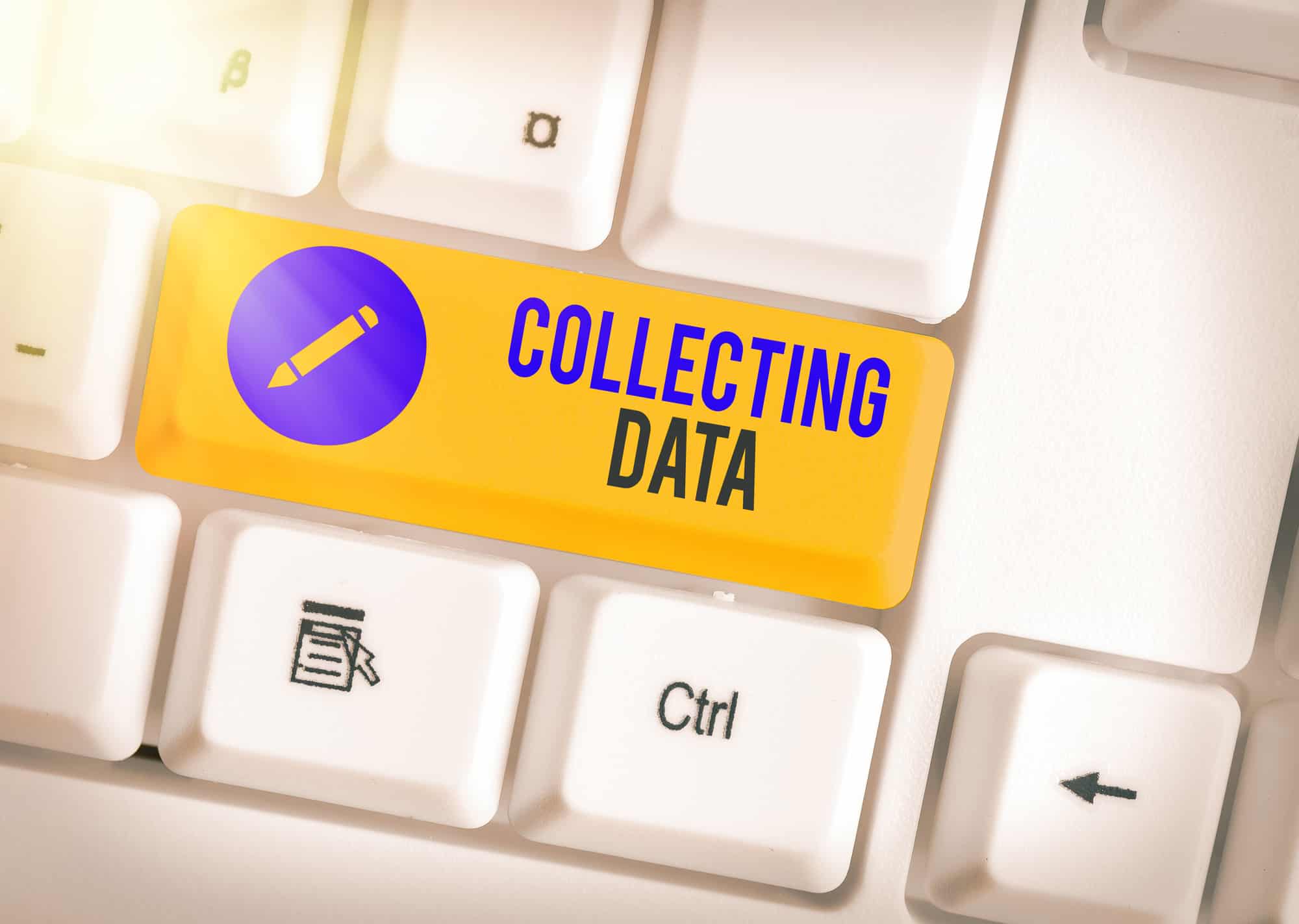Qualitative analysis in business refers to examining and interpreting non-numerical data to understand the underlying reasons, motivations, and attitudes of individuals or groups.
You must have heard the term "Qualitative" previously. It means comparing two or more things based on quality instead of quantity. Businesses often use numerical records, reports, and statistics to monitor operations.
Besides quantitative data, qualitative data is equally important for businesses to measure their success. Qualitative data is significant for businesses because it provides a deep analysis and unfolds many mysteries.
For example, imagine a well-established business suddenly starts observing losses. In this case, if the business managers only look at the quantitative data, they will see their business sales dropping drastically.
By looking at the quantitative data, they will learn that their business sold 25,000 fewer products this month than the previous month. However, they won't be able to tell the reason for poor sales.
Managers will have to focus on the qualitative data to determine the reason that led to poor sales. The qualitative data may be in surveys, questionnaires, interviews, etc. By analysing the qualitative data, managers can tell why the sales dropped suddenly in the current month.
Hence, qualitative analysis is very significant in problem-solving. Now let's proceed and discuss qualitative analysis in detail.
What Is Qualitative Analysis?
Qualitative analysis in business refers to examining and interpreting non-numerical data to understand the underlying reasons, motivations, and attitudes of individuals or groups.
This type of analysis can involve reviewing information gathered through interviews, focus groups, observations, surveys, or other qualitative data sources.
Qualitative analysis is often used in business to gain insights into customer needs and preferences. Other than that, businesses also use qualitative data for risk management. For example, qualitative risk analysis estimates the risk in projects and other business activities.
For example, a company may conduct a focus group to gather qualitative data on customers' feelings about a particular product or service. The data collected in this way can then be analyzed to identify patterns and themes that can inform business decisions and strategies.
Qualitative analysis is a complementary approach to quantitative analysis involving numerical data and statistical methods. Together, these two approaches can provide a more complete understanding of a business problem or opportunity and help inform decision-making more comprehensively.
To sum it up, qualitative analysis can provide valuable insights that quantitative data alone cannot provide. By collecting and analyzing non-numerical data, businesses can better understand their customers, employees, and markets and make informed decisions that drive success.
Now that we have discussed the purpose of qualitative analysis in detail, let's proceed and look at how to conduct the qualitative analysis.

How To Do Qualitative Analysis?
Businesses conduct qualitative analysis using various methods, typically gathering and analyzing non-numerical data. Following are some common steps that businesses follow to conduct qualitative analysis.
Define The Research Question
Defining the research question is a crucial first step in qualitative analysis. It helps businesses focus their efforts and ensure that the data they collect is relevant and useful for answering the research question.
To define the research question, businesses need to consider the research purpose and what they hope to achieve by conducting it. This involves identifying a problem that needs to be solved.
For example, a company may want to explore why customers are not buying a particular product. To define the research question, the company needs to consider what information they need to answer it. This might involve asking questions such as:
- What are the factors that influence customers' purchasing decisions?
- What are customers' attitudes towards the product?
- What do customers perceive to be the benefits and drawbacks of the product?
Once the research question is defined, businesses can design their data collection methods, select appropriate participants, and analyze the data collected to generate insights.
Selecting A Sample
An important aspect of qualitative research is the selection of participants. Qualitative research often involves selecting a small sample of participants representative of the studied population.
The goal of selecting a representative sample is to ensure that the insights gained from the study can be generalized to the larger population. Therefore, participants are selected based on various criteria, such as demographic characteristics, geographic location, or other relevant factors.
For example, suppose the study is about the impact of marketing campaigns on children. In that case, participants may be selected based on their age group, exposure to marketing campaigns, etc.
Businesses may use different sampling techniques in selecting participants, such as purposive, snowball, or convenience.
Choose A Method For Data Collection
Collecting qualitative data can be done using various methods, and the choice of method depends on the research question and the target audience.
For example, businesses can collect qualitative data from case studies since they analyze a specific person, group, or organization in detail. Moreover, they are useful for exploring complex issues in-depth and understanding specific situations deeply.
Besides that, if the data needed is specific, the business must obtain primary data through other means, such as interviews, surveys, and observations.
Since interviews are one-on-one conversations between the researcher and the participant, businesses can directly put their query to their customers and get specific answers.
Other than that, if the data is to be obtained from a large group of people, then the business can use surveys to get the response from the targeted group.
Businesses can also simply observe the targeted group and record its behaviors. Each method has pros and cons. Businesses must choose the most appropriate method to ensure they get the most valuable insights.
Coding The Data
Coding is a critical step in qualitative analysis. Businesses systematically identify, categorize, and label key themes, concepts, and patterns within the data. This process helps to organize the data and make sense of the complex and often subjective information collected in the study.
Researchers use software programs or tools to assist with coding and data management. The coding process is often iterative, where researchers review the data repeatedly to identify additional themes or refine the existing ones.
This helps ensure that the analysis is comprehensive and accurate and that all relevant information has been captured. In addition, the coding process is often iterative, and the researcher must review the data repeatedly to identify additional themes or refine the existing ones.
Data analysis
After collecting the data through coding, it is essential to analyze it to make sense of it and draw meaningful conclusions.
One way to analyze the data is to identify patterns, trends, and themes. These patterns can help businesses understand how the data is distributed, and the trends help businesses determine if there are any changes in the data over time.
Themes refer to recurring ideas or concepts that emerge from the data. Businesses use software to help them identify and visualise patterns.
Draw Conclusions
Once the data has been collected, coded, and analyzed, the next step is to draw conclusions and report the findings. Drawing conclusions involves making sense of the patterns, themes, and insights that emerge from the analysis.
Researchers use their expertise and judgment to interpret the data and draw conclusions based on the research question and the available evidence.
For businesses, this might involve identifying key customer needs or preferences, understanding how their products or services are perceived in the market, or gaining insights into the effectiveness of their marketing campaigns.
Reporting the findings involves communicating the analysis's conclusions clearly and concisely. The goal is to make the insights accessible and actionable for stakeholders, such as executives, managers, or frontline staff.

Qualitative Data Analysis Methods
In the previous sections, we discussed the significance of qualitative data analysis and how to carry out qualitative data analysis. This section will discuss the qualitative data analysis techniques that are commonly used by businesses for data analysis.
Interviews
Interviews involve asking people questions in a structured or semi-structured way to gather information about their experiences, opinions, beliefs, or behaviors. Conduction interviews provide primary data to businesses. Interviews are preferred if the sample size is small.
One of the main advantages of conducting interviews is that the data obtained is highly specific. Therefore, qualitative data analysis involves transcribing the interviews, coding the data into categories, and analyzing the themes and patterns that emerge from the data.
Focus Groups
Focus groups involve bringing a small group together to discuss a particular topic or issue. Businesses use focus groups as a qualitative research method to gain insights into their target market or customers' opinions, attitudes, and behaviors.
Focus groups allow businesses to gather rich, in-depth data about their products, services, or brand perceptions in a structured way. This method helps businesses understand what features or attributes their customers seek in a new product or service.
Businesses use focus groups to test prototypes or mock-ups of new products, get feedback on packaging or branding, and gather ideas for new product concepts.
Surveys
Businesses use surveys as a qualitative research method to gather data from their customers or target market. Surveys are used to gather qualitative data by asking open-ended questions that allow respondents to express their opinions and experiences in their own words.
For example, businesses can use surveys to allow customers to express their opinions and experiences in their own words, providing rich, qualitative data to help the business identify areas for improvement.
Ethnography
Businesses can use ethnography as a qualitative research method to gain a deeper understanding of the behavior and culture of their target market or customers.
Ethnography involves conducting participant observation and field research, which allows researchers to immerse themselves in the culture they are studying and observe behavior in context.
How is Qualitative Data Analysis Different than Quantitative?
Both qualitative and quantitative analysis provides insight into businesses. They are both equally helpful and complementary to each other. However, there are some key differences between these two data analysis techniques.
Numerical Vs. Non-Numerical Data
Quantitative analysis concerns measurement, statistical analysis, and numerical modeling. It involves collecting data through standardized instruments such as surveys, experiments, or statistical databases.
Qualitative analysis, on the other hand, deals with non-numerical data, such as text, images, or sound recordings. It involves collecting data through open-ended instruments, such as interviews, focus groups, or observation.
Generalisation Vs. Detailed Description
Quantitative analysis involves using statistical and numerical methods to analyze large data sets. This approach allows researchers to make generalizations about a population based on the characteristics of a sample drawn from that population.
On the other hand, qualitative analysis involves analysing non-numerical data, such as text, images, or sound recordings. This approach allows researchers to provide detailed descriptions of a particular case or context without necessarily making generalizations about a larger population.
Testing Hypotheses Vs. Generating Hypotheses
Quantitative analysis is often used to test hypotheses. In quantitative research, researchers formulate hypotheses or research questions and collect numerical data to test or answer these hypotheses.
However, qualitative analysis is often used to generate new hypotheses. In qualitative research, researchers often start with a broad research question and gain a deeper understanding of complex phenomena, explore new research questions, and generate new ideas and theories.

Qualitative Analysis: Final Word
Businesses use qualitative analysis to investigate their operations. This analysis uses qualitative data, which is non-numerical data, mainly in the form of text, video, audio, etc. Therefore, qualitative analysis is as important and significant for businesses as quantitative analysis.
Businesses conduct qualitative analysis by defining the research question. According to that, they select the targeted audience and choose one of the qualitative analysis techniques. After that, they code and analyze the data, which provides them with results.
Businesses use qualitative techniques such as Interviews, focal groups, surveys, and ethnography for data analysis. Although both qualitative and quantitative analysis are used by businesses, they differ from each other in many ways.
The most obvious difference between the two is the data type. Qualitative analysis deals with non-numerical data, whereas quantitative analysis deals with numerical data.


